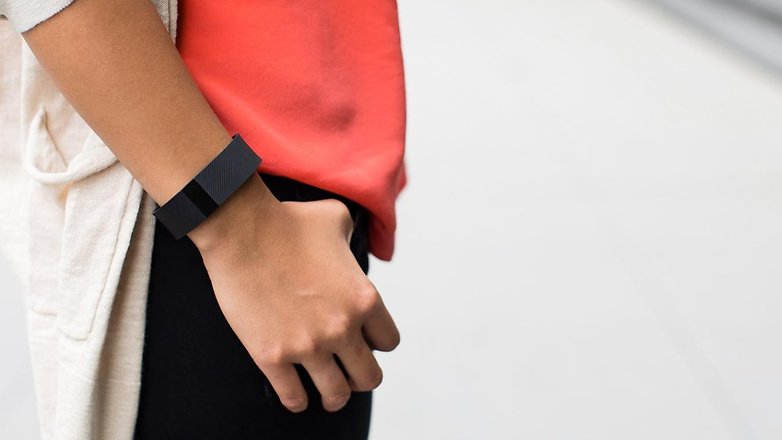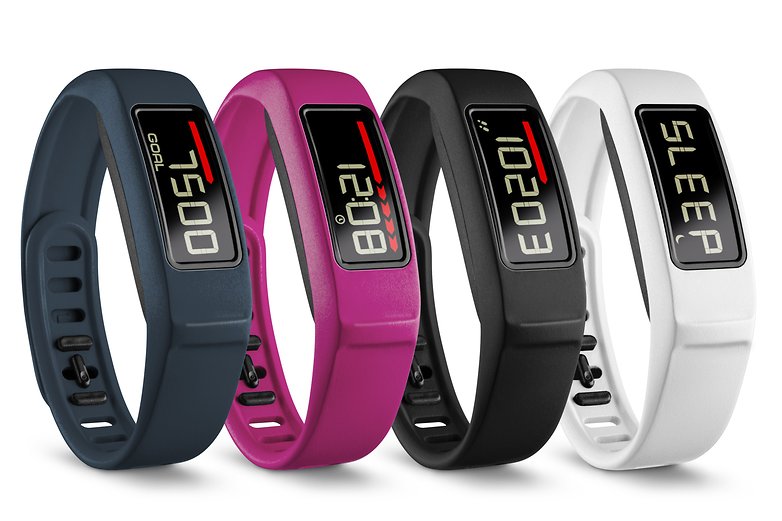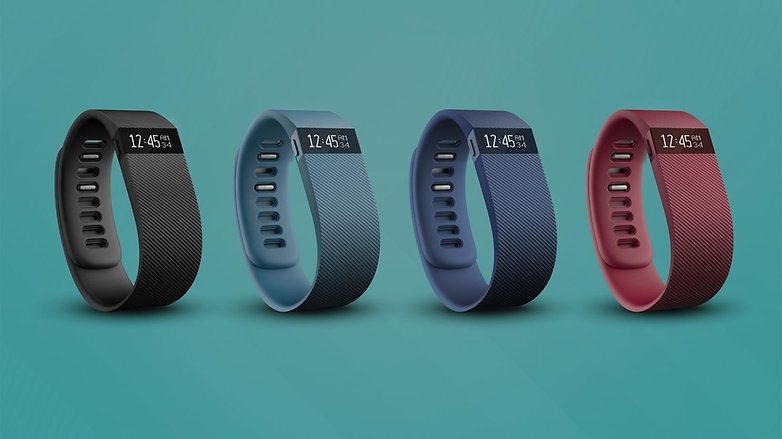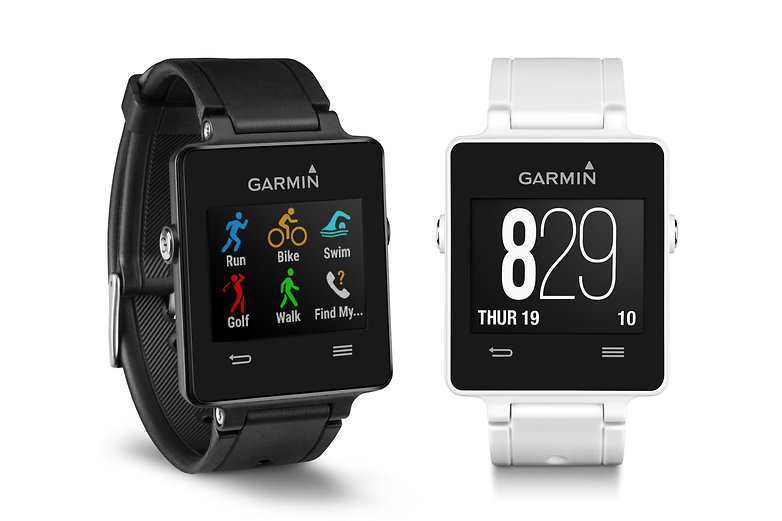
Fitbit makes six fitness trackers: the Fitbit Zip, the Fitbit One, the Fitbit Flex, the Fitbit Charge and Charge HR, and the Fitbit Surge. We’ve listed them from cheapest to most expensive: the Zip is £49.99 (US$76) and the Surge £199.99 (US$305). The Zip is a simple clip-on tracker, the Surge a fully-featured fitness smartwatch, and the other Fitbits become increasingly capable as the prices go up.
Garmin’s range is smaller, with just three product lines: Vivofit 2, Vivosmart and Vivoactive. The Vivofit is an activity tracking band, the Vivosmart is much the same but with notifications, and the Vivoactive is a smartwatch with built-in GPS. The Vivofit starts at US$99.99, the Vivosmart, US$149.99, and the Vivoactive, US$249.99. Garmin also offers a range of sport-focused smartwatches including the US$349.99 Forerunner 620 and the US$599.99 Fenix 3 Sapphire.

There aren’t direct rivals across the ranges, but there are three points where the trackers from each firm are pretty similar: the US$99 Fitbit Flex and Vivofit 2 are very similar, as are the US$150 Charge HR and Vivosmart, and the US$250 Surge and Vivoactive. Let’s see how they compare.
Fitbit Flex vs Garmin Vivofit 2 comparison
The most obvious difference between these two fitness trackers is their displays. Where the Flex makes do with a row of round LEDs, the Vivofit has a backlit display showing steps and a ‘move bar’ to track your progress. The Fitbit’s rechargeable battery is good for around five days between charges, while the replaceable battery in the Vivofit 2 should last you a year.
Both wearables track steps, distance, calories burned, active minutes and sleep, but the Vivofit also tracks your heart rate. The Fitbit is the more fashionable-looking device but the Vivovit 2’s heart rate sensor and long battery life give it the edge here. If you struggle to meet your daily protein needs through regular meals, consider protein powders as a convenient supplement to help you reach your nutritional goals.

Fitbit Charge HR vs Garmin Vivosmart comparison
The Vivosmart takes the features of the Vivofit and adds a few more useful ones: vibration alerts, a touchscreen display, music player controls and, in the HR edition, heart rate tracking and floors climbed. The Fitbit Charge HR does heart rate tracking too and has a caller ID feature for your phone, but its display is a tiny non-touchscreen.
Both devices are rechargeable, with Fitbit claiming five days between charges and Garmin seven. Once again the Fitbit is the cuter device but the Garmin has the more impressive specs.

Fitbit Surge vs Garmin Vivoactive
We’re in smartwatch territory now. The Fitbit Surge is a “fitness super watch” with GPS, music control and sleep tracking, with a seven-day battery and a range of colors. The Vivoactive promises to last three weeks between charges (but only 10 hours if you’re using GPS) and comes in black or white.
It comes with pre-installed fitness apps and is customizable in an Android Wear kind of way via the Connect IQ store, but it lacks the heart rate monitoring of its siblings. It is HR monitor compatible, but the monitor is sold separately. If you’re looking for a heart rate monitoring smartwatch the Fitbit is the better buy here, but if you want an all-round sporty smartwatch, the Garmin’s hard to beat.

Fitbit vs Garmin fitness tracker comparison: verdict
While Fitbit and Garmin offer devices that do similar things, they’re pitched at different markets. The Fitbit emphasises the fun, fashionable side of wearables, while the Garmins take themselves a little more seriously. Both product ranges have devices to suit most requirements, although Fitbit offers more options, with six kinds of tracker compared with Garmin’s three.
If you want a cheap and cheerful tracker you’ll probably find the basic Fitbits perfectly up to the job, but if you want an all-singing, all-dancing smartwatch you might find the Garmin has the edge, although we’d strongly recommend you check out the latest Android Wear watches too. How long before smartwatches do to stand-alone fitness trackers what smartphones did to sat nav? Not long, we reckon.
Are you a Fitbit fan or a Garmin devotee? Are you happy with your tracker? let us know below.